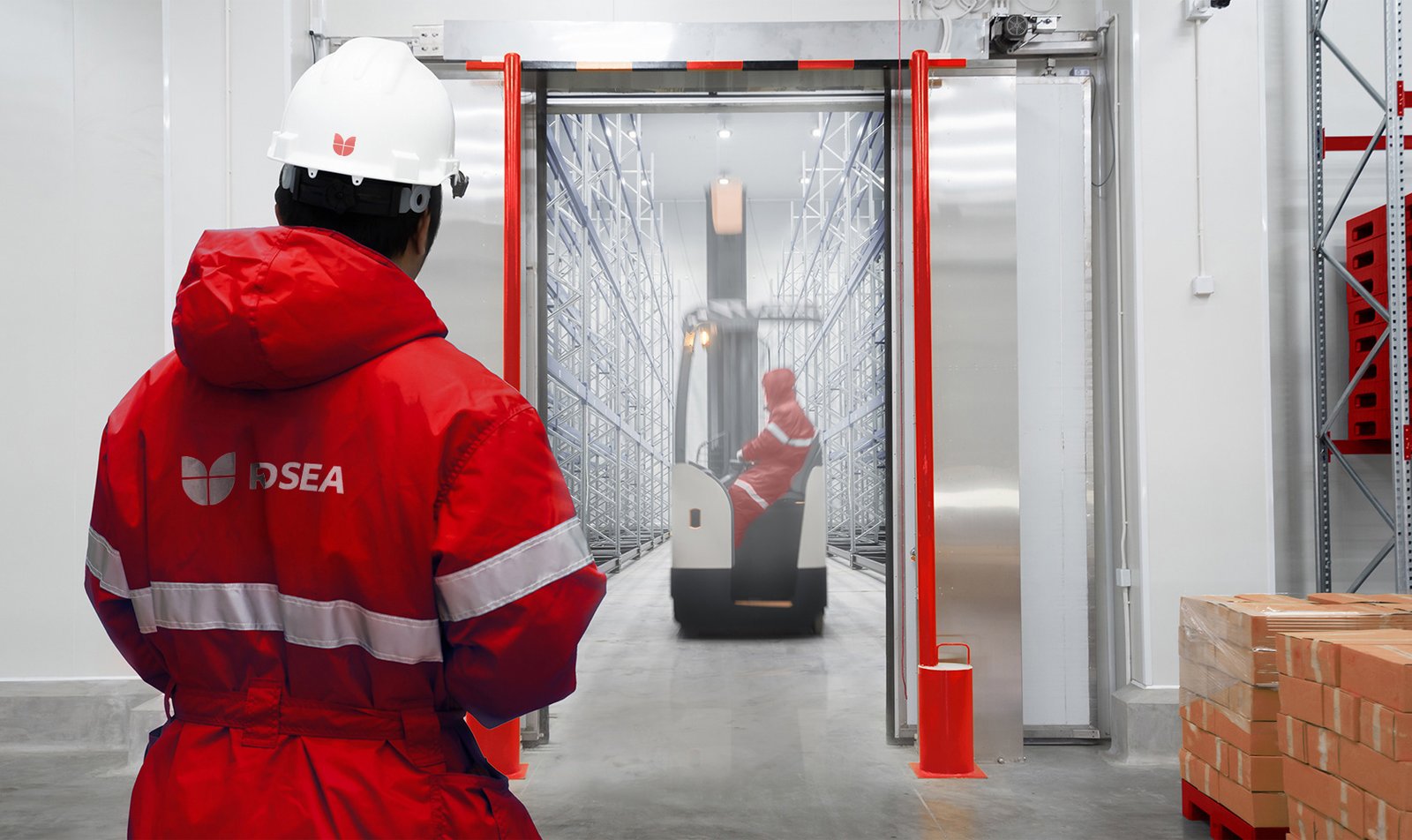
AlMashtal
Brand & Experience Design


















Brand & Experience Design

Product & Experience Design

Brand Design

Brand, Product & Environmental Design

Brand & Product Design

Brand & Product Design

Brand & Interior Design

Brand & Experience Design

Brand, Product & Experience Design

Product & Experience Design